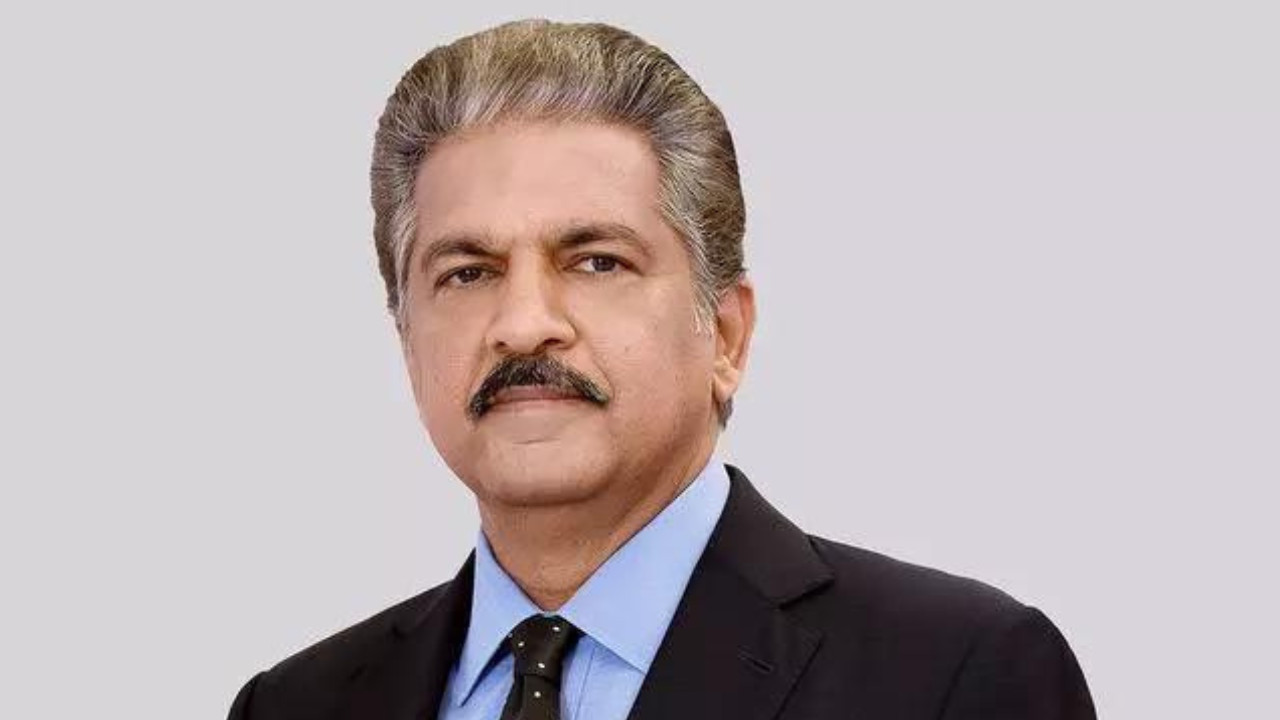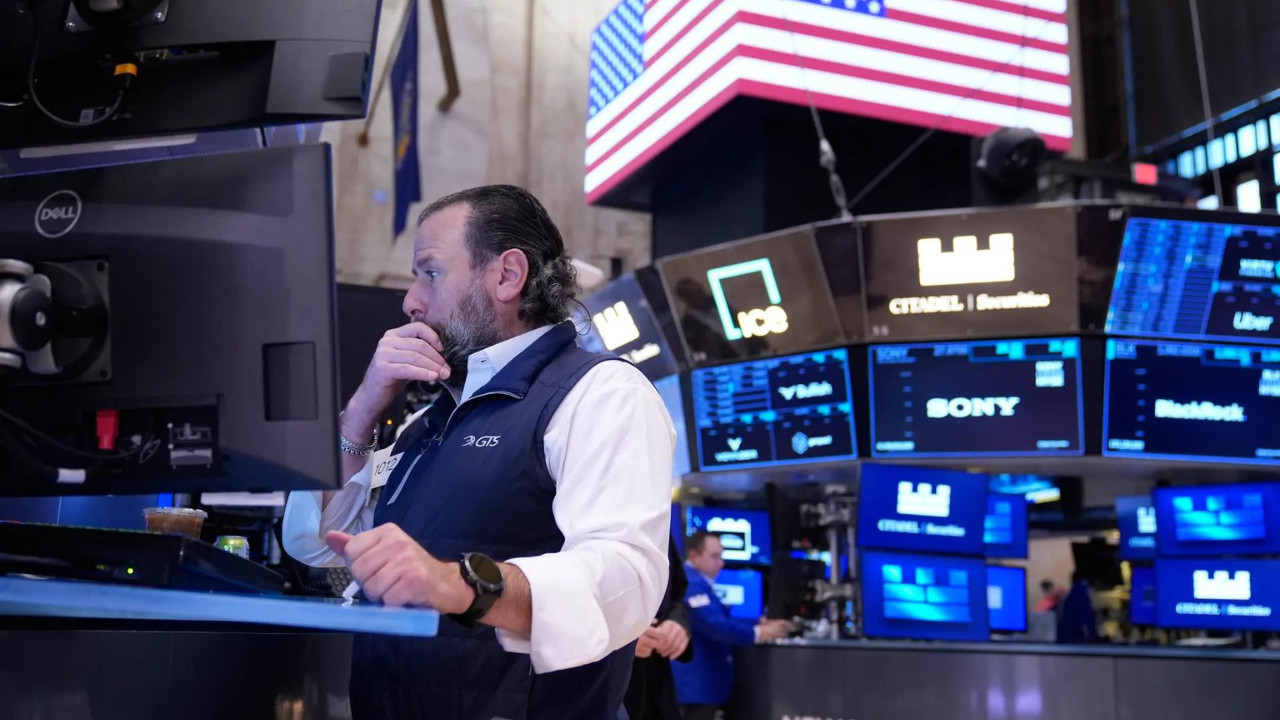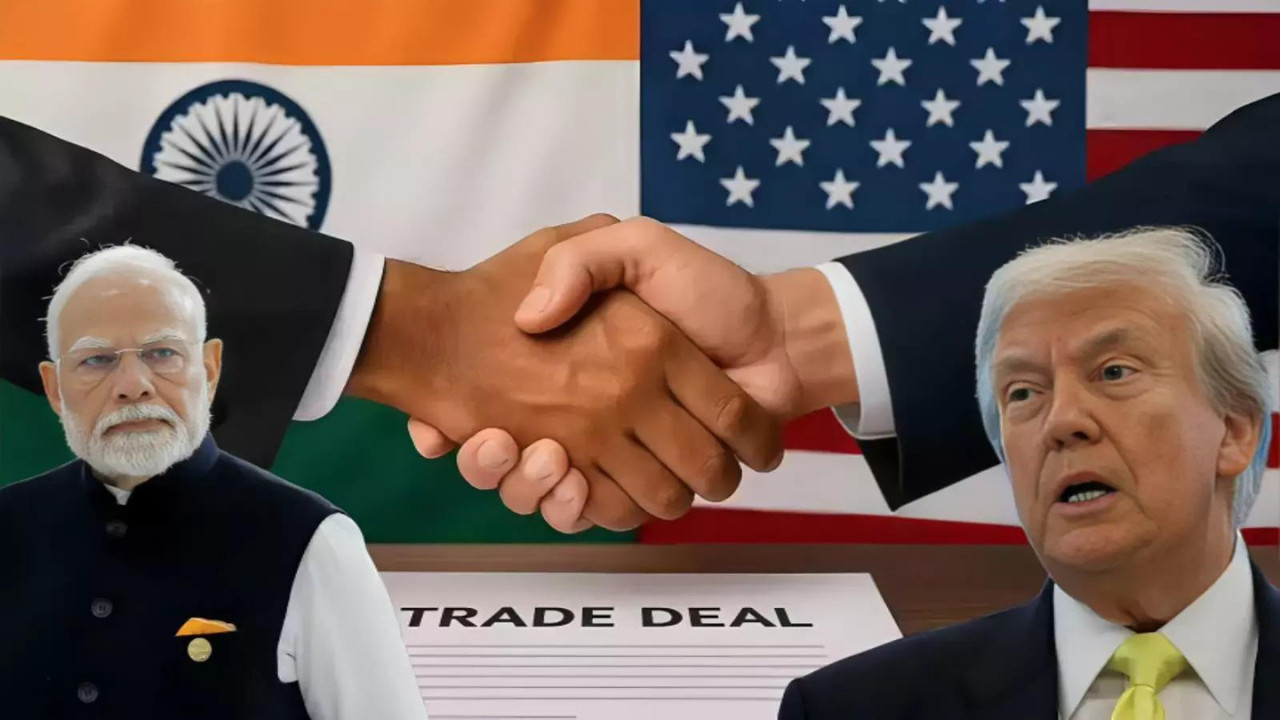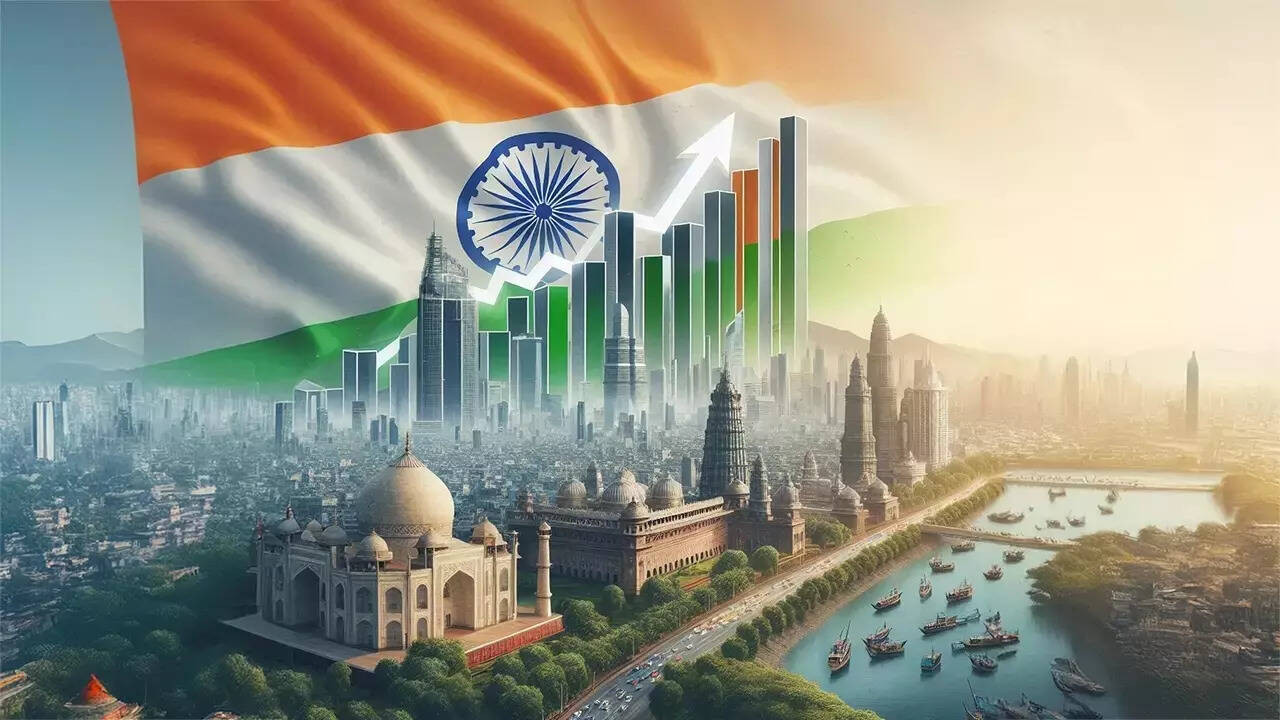Mahindra Group Chairman Anand Mahindra envisions India as a pivotal force in a reshaped global landscape, or “Globalisation 2.0.” Addressing shareholders, he acknowledged challenges from shifting alliances and trade dependencies. Mahindra emphasized India’s strengths—stable democracy, reliability, and a strong military—while urging strategic action to minimize risks and seize growth opportunities.
Navigating Globalisation 2.0: Anand Mahindra’s Vision for India’s Rise
The world is changing, and it’s changing fast. We’re not just talking about incremental shifts, but a fundamental reshaping of the global landscape – what many are calling “Globalisation 2.0.” In this new era, India finds itself on the cusp of something truly significant. But what will it take for the nation to not just participate, but to lead?
Anand Mahindra, chairman of the Mahindra Group, recently shared his perspective on this pivotal moment, outlining the opportunities and challenges that lie ahead for India. His message was clear: India has the potential to become a major center of gravity in this evolving world order, but seizing this opportunity demands decisive action and a strategic vision.
India’s Strengths: A Foundation for Growth
Mahindra highlighted several key factors that position India favorably. The nation’s demographic dividend, a young and growing workforce, offers a potent engine for economic expansion. This burgeoning workforce, coupled with a rising consumer market, creates a powerful combination that can fuel both domestic demand and global competitiveness. Beyond just sheer numbers, this generation is increasingly tech-savvy, entrepreneurial, and globally aware – assets that are invaluable in today’s interconnected world.
Furthermore, India’s established technological prowess, particularly in the IT and software sectors, provides a solid foundation for innovation and digital transformation. The country’s rapidly developing infrastructure, though still facing challenges, is steadily improving, connecting urban centers and rural communities alike. This increased connectivity is crucial for fostering economic activity and ensuring that the benefits of growth are shared across the nation. He emphasized that India’s “digital backbone” is robust, ready, and capable of handling the demands of a rapidly growing digital economy.

The Need for Speed and Private Investment
While India possesses significant advantages, Mahindra stressed that complacency is not an option. He emphasized the crucial need for speed in policy implementation and decision-making. Bureaucratic bottlenecks and sluggish processes can stifle innovation and hinder growth, preventing India from fully realizing its potential. Streamlining regulations, reducing red tape, and fostering a more business-friendly environment are essential steps.
More specifically, Mahindra pointed to the critical role of private investment in driving economic growth and innovation. While government initiatives are important, they cannot be the sole engine of progress. Attracting both domestic and foreign private investment is crucial for fueling infrastructure development, supporting technological advancements, and creating employment opportunities. He suggested that India should actively promote itself as a destination for global capital, highlighting its strengths and addressing concerns that investors might have.
For related insights, explore this article on [India’s evolving startup ecosystem](internal-link-to-startup-article).
Globalisation 2.0: A Shift in Perspective
The concept of “Globalisation 2.0” signifies a departure from the traditional model of globalization. While the original wave of globalization was largely driven by Western economies and focused on free trade and deregulation, this new era is characterized by increasing geopolitical tensions, supply chain disruptions, and a renewed emphasis on national security and resilience.
In this context, India has the opportunity to carve out a unique role, leveraging its strategic location, diverse economy, and strong relationships with both Western and Eastern powers. This requires a nuanced approach, one that balances the benefits of global integration with the need to protect national interests and build domestic capabilities. India’s strength lies in its ability to be a bridge – fostering collaboration and trade across different regions and promoting a more inclusive and sustainable model of globalization.
Seizing the Moment: A Call to Action
Anand Mahindra’s message is ultimately one of optimism and opportunity. India is well-positioned to emerge as a major force in Globalisation 2.0, but this requires a concerted effort from both the government and the private sector. Speed, private investment, and a strategic vision are essential ingredients for success.
India must act decisively to capitalize on its strengths, address its challenges, and seize the moment. The nation stands at a critical juncture, with the potential to shape the future of the global economy. By embracing innovation, fostering entrepreneurship, and promoting a more inclusive and sustainable model of growth, India can not only secure its own prosperity but also contribute to a more stable and equitable world. The time for action is now.







